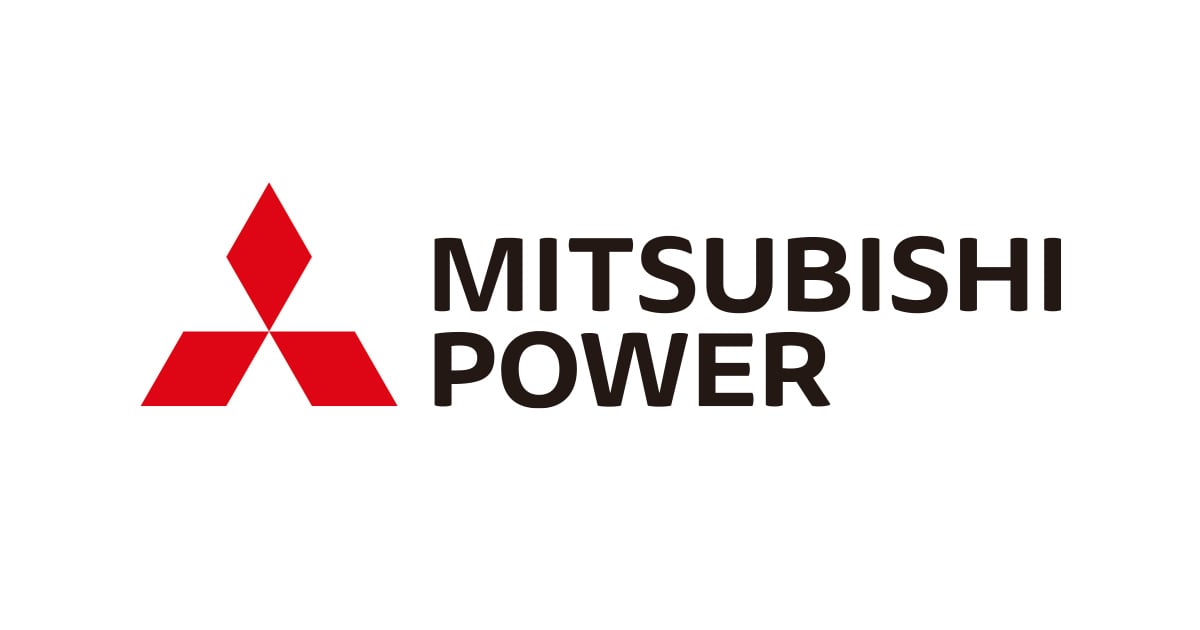Bomb#20
Contributor
- Joined
- Sep 27, 2004
- Messages
- 9,518
- Location
- California
- Gender
- It's a free country.
- Basic Beliefs
- Rationalism
FIFY.CH4 + 2O2 -> CO2 + 2H2O +️
2H2O +️ -> 2H2 + O2
----------------------------------
CH4 + 2O2 -> CO2 + 2H2+ O2
I get your point about using natural gas to generate electricity. But one wouldnotdo that -- one would get the electricity from renewable energy sources.
Getting electricity from renewable energy sources means getting electricity from natural gas -- the more renewables you put on the grid, the more you need natural gas peaker plants to deal with the unwillingness of Mother Nature to match her deliveries of sunlight and wind to the times when people want electricity.
With enough electrolysis, you generated the electricity to carry out enough electrolysis, which implies you used nuclear reactors rather than renewables.So what? With enough electrolysis, we will see the end of those fossil-fuel sources.I'm not concerned with Mr. Petrich's preposition. I'm concerned with reality.
"As of 2020, the majority of hydrogen (∼95%) is produced from fossil fuels by steam reforming of natural gas and other light hydrocarbons, partial oxidation of heavier hydrocarbons, and coal gasification."



